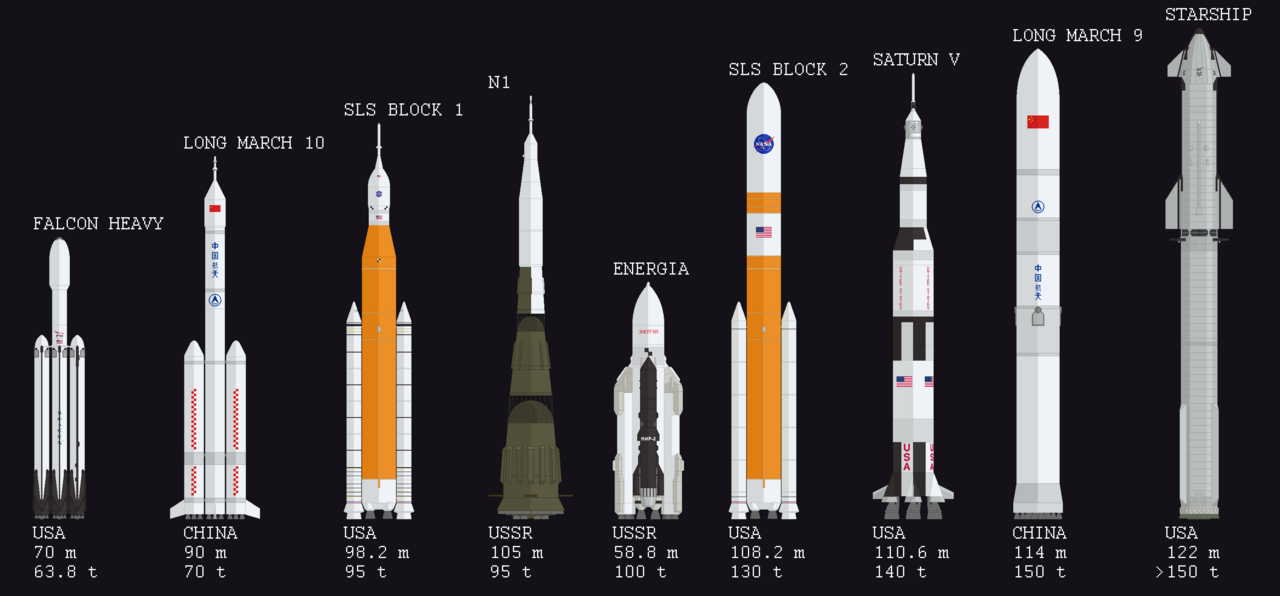
🚀 Starship will have a major impact, even in the short-term
In the short term, Starship will reduce the cost of sending a kilo to space to two to three percent of what it was a few years ago.
Share this story!
I have written several times about the enormous impact SpaceX's Starship will have in the long term. But its effect will also be significant in the short term.
Two things stand out about Starship:
- The rocket is designed for rapid reusability.
- It is very large and will be able to lift 100-150 metric tons into orbit.
In the best-case scenario, Starship will eventually reduce the cost of sending a kilo to space to one-thousandth of what it was about ten years ago. From $10,000 to $10.

Achieving this will likely require a couple of decades, or more, of development. But we will see a significant effect of Starship in a much shorter time than that. This is according to Eric Berger, a space journalist at Ars Technica and an expert on SpaceX, among other things through the book Liftoff: Elon Musk and the Desperate Early Days That Launched SpaceX.
The cost to build a Starship is believed to be about 100 million dollars. The biggest cost is in the first stage, the so-called booster rocket, Super Heavy, with 33 engines. When it can be mass-produced, the cost can quickly be reduced to about 30 million dollars, according to Berger.
This means the cost per kilo will be between $200 and $300. (And that's without even counting reusability.) Approximately one-tenth of the cost of Falcon 9, and two-three percent of what the cost was just a few years ago.
The price for customers won't drop that quickly, as SpaceX has billions of dollars in development costs to recoup and future projects to fund. Taking humanity to Mars isn't cheap. But the cost curve is clear – access to space is becoming cheaper quickly – and even in the short term quite dramatically cheaper.

When is this possible? Next year or the year after, it seems likely that Super Heavy and Starship will fly regularly.
As costs drop this rapidly, space becomes accessible to many more. Not just gigantic projects that cost hundreds of millions of dollars and take ten years to implement, but also thousands of smaller ones. And the big projects, like space hotels or large satellite constellations, no longer cost hundreds of billions but "only" a few billion dollars, which suddenly makes them feasible.
Mathias Sundin
The Angry Optimist
By becoming a premium supporter, you help in the creation and sharing of fact-based optimistic news all over the world.



